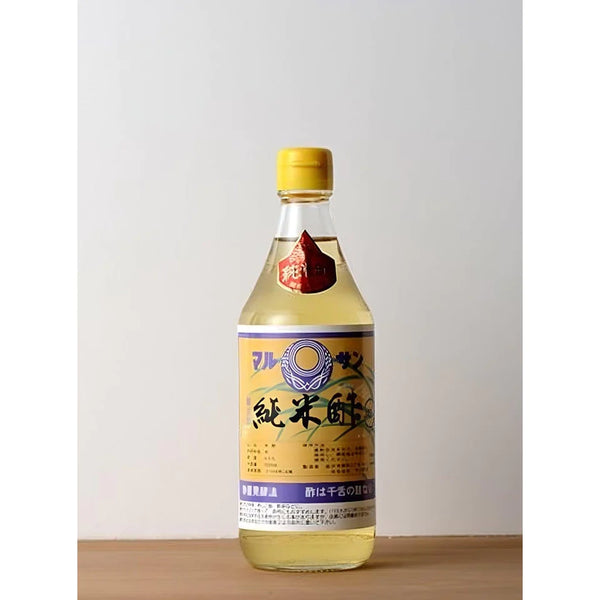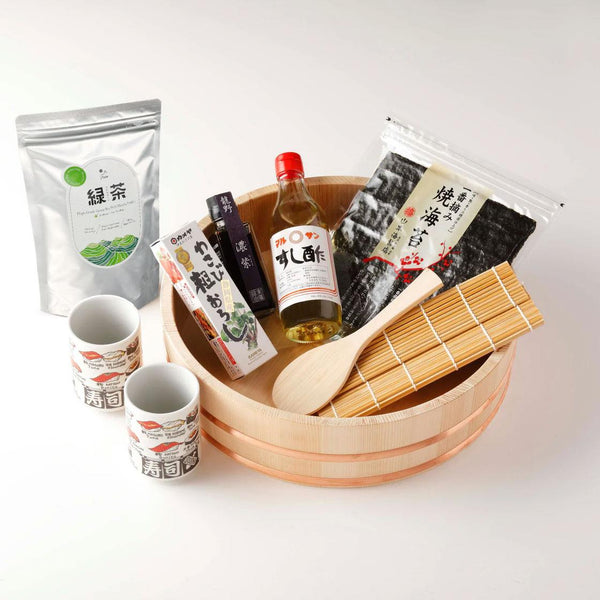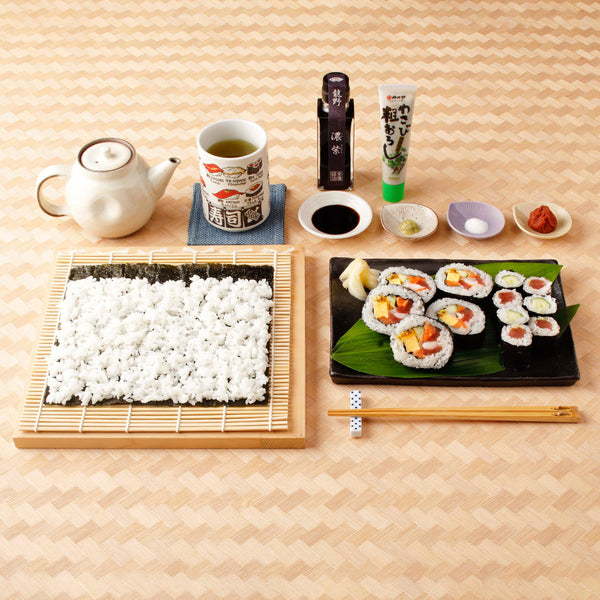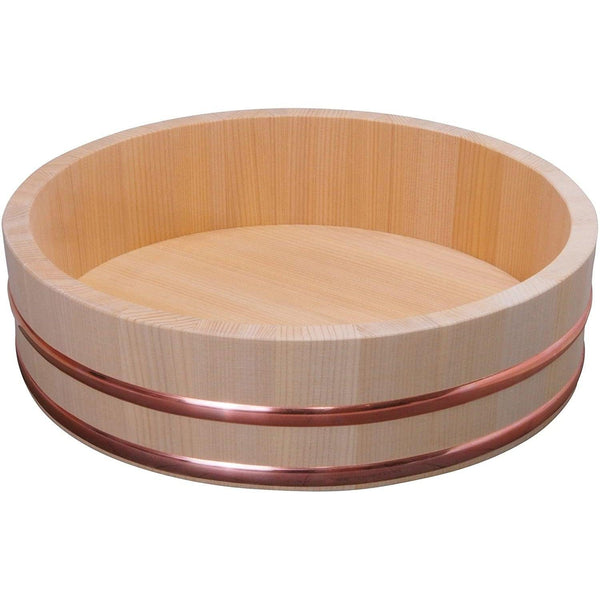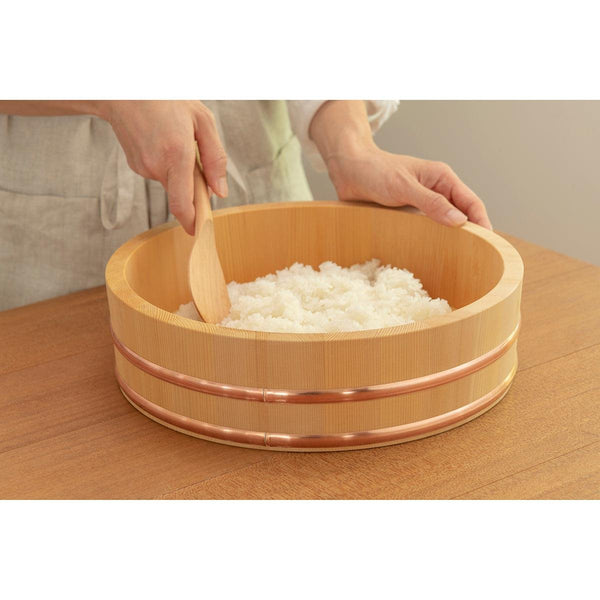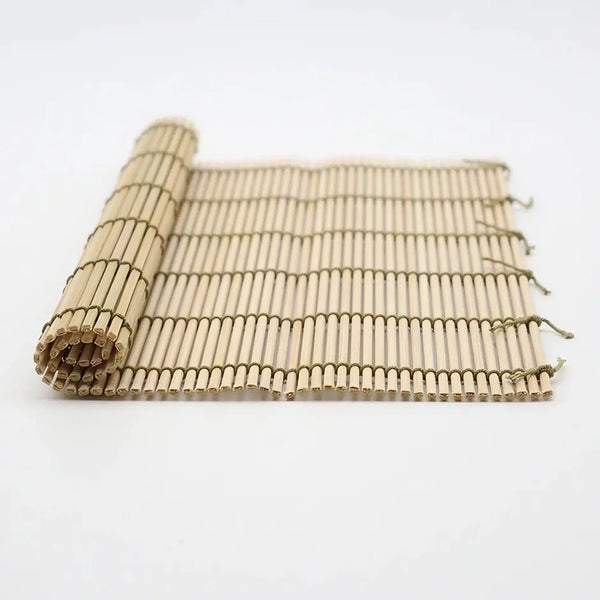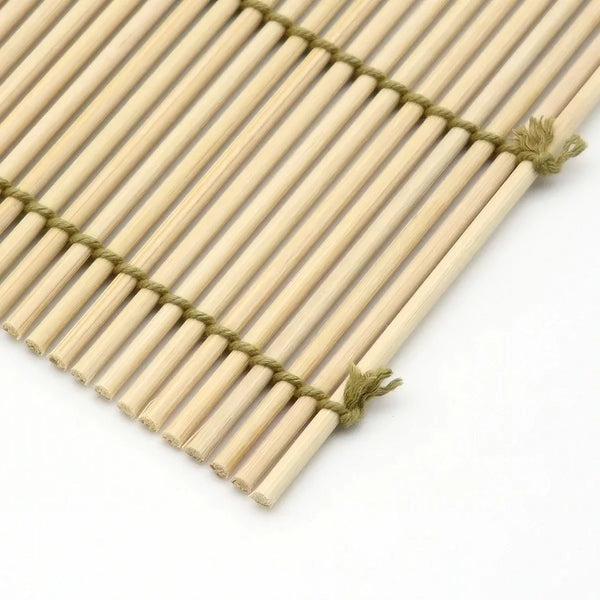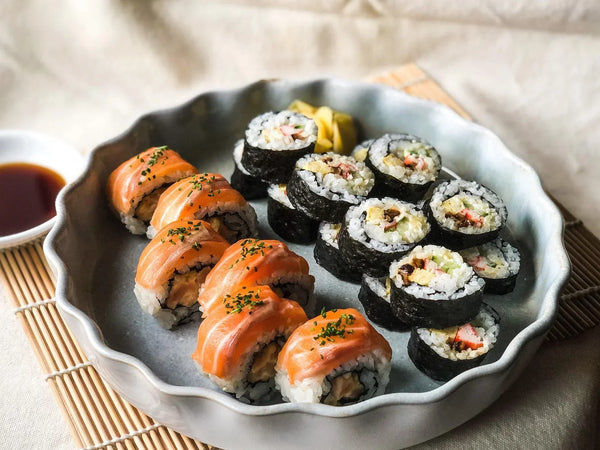
Sushi rolls, those iconic creations of Japanese cuisine, are flavor-packed delights waiting to be unwrapped in every bite. They are more than just a popular dish. They represent the essence of Japanese culinary philosophy, where balance, harmony, freshness, and visual beauty come together in a single roll.
Whether enjoyed at a traditional sushi bar, picked up from a convenience store, or prepared at home in your own kitchen, sushi rolls continue to symbolize the craftsmanship and creativity that define Japanese food culture.
At the foundation of every sushi roll is vinegared rice, known as shari. This rice is prepared with intention and careful attention to detail. Unlike plain steamed rice, sushi rice is seasoned with a blend of vinegar, sugar, and salt that creates a slightly sweet, tangy, and sticky texture. Achieving the perfect consistency is important because it determines how well the roll holds together and how satisfying each bite feels. Each grain should remain fluffy but cohesive, helping the ingredients inside stay neatly wrapped while still feeling light and pleasant to eat. For many sushi chefs, the skill of preparing rice reflects not only technique but also respect for the craft.
Surrounding the seasoned rice is nori, the thin sheet of dried seaweed that gives the roll its structure. Nori adds a subtle ocean fragrance that deepens the overall flavor of the sushi. High-quality nori delivers a delicate crispness at first bite before softening gently against the warm rice. Although it is a simple ingredient, nori is essential. It holds everything in place, enhances the natural flavors of the fillings, and completes the classic look of a perfectly rolled makizushi.
Inside the roll is where you find the real character of the dish. Sushi fillings vary widely and offer endless possibilities. Fresh fish like tuna, salmon, or yellowtail adds a smooth, buttery richness.
Cooked seafood, including shrimp, unagi, crab sticks, or scallops, creates hearty and approachable flavors that appeal to all ages. There are also many vegetarian and vegan-friendly combinations. Crisp cucumber, creamy avocado, crunchy pickled radish, shiso leaves, and even seasoned tofu all bring refreshing contrast and vibrant color.
Every filling tells its own story, which is why no two sushi rolls feel exactly the same. This flexibility is a big part of what makes sushi both enjoyable to eat and incredibly fun to make at home.
Of course, the experience would not be complete without condiments. Soy sauce brings a deep savory note. Wasabi adds a sharp but pleasant heat that highlights the flavor of the fish. Spicy mayo offers creamy richness, loved especially in modern rolls. Pickled ginger is another important companion because it refreshes the palate between bites, allowing you to appreciate each roll fully. These toppings and sauces might seem simple, but they play a valuable supporting role by enhancing the main ingredients.
Making sushi rolls at home is easier than many people think, and it becomes even more enjoyable once you get comfortable with the basic techniques. Preparing the rice, slicing ingredients evenly, and rolling everything together using a bamboo mat create a hands-on experience that feels both rewarding and relaxing.
It is also a great activity to enjoy with friends or family. Everyone can customize their own fillings, experiment with new combinations, or build their favorite classic rolls. Rolling sushi together brings a sense of creativity and playfulness to the kitchen.
If you want a convenient way to get started, Japanese Taste offers a complete sushi-making kit that includes the essential tools and ingredients you need to begin your at-home sushi journey. It removes the guesswork and helps first-time sushi makers feel confident from the very first roll. You can explore the sushi-making kit here.
Making sushi at home is not just about preparing a meal. It is a way to experience Japanese culture through food. Each step reflects values such as mindfulness, respect for ingredients, and the importance of both flavor and presentation.






